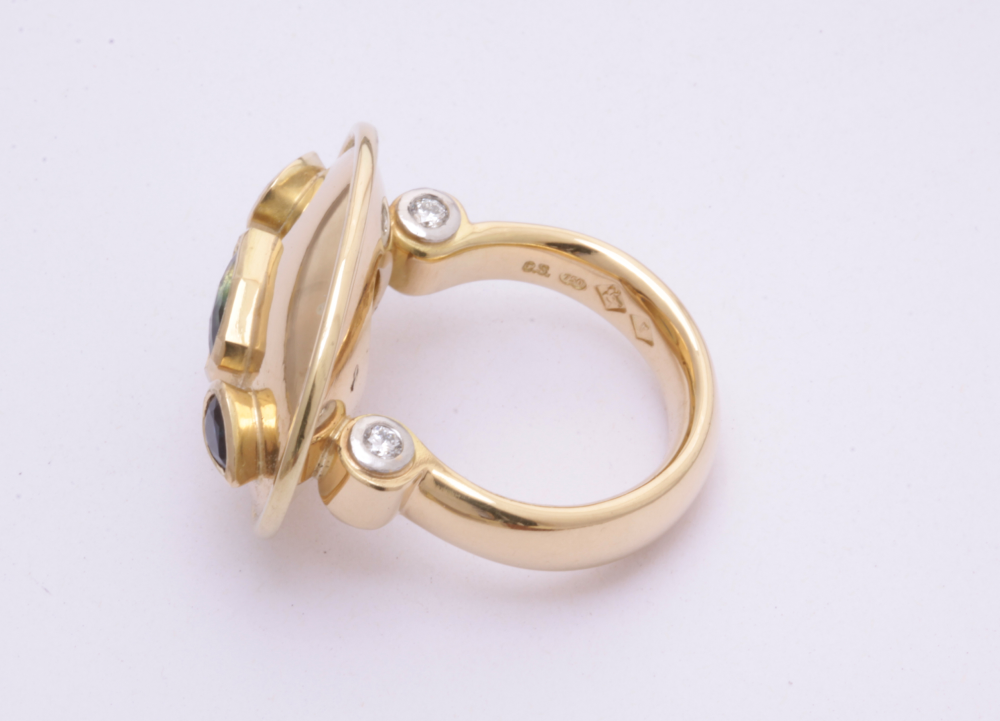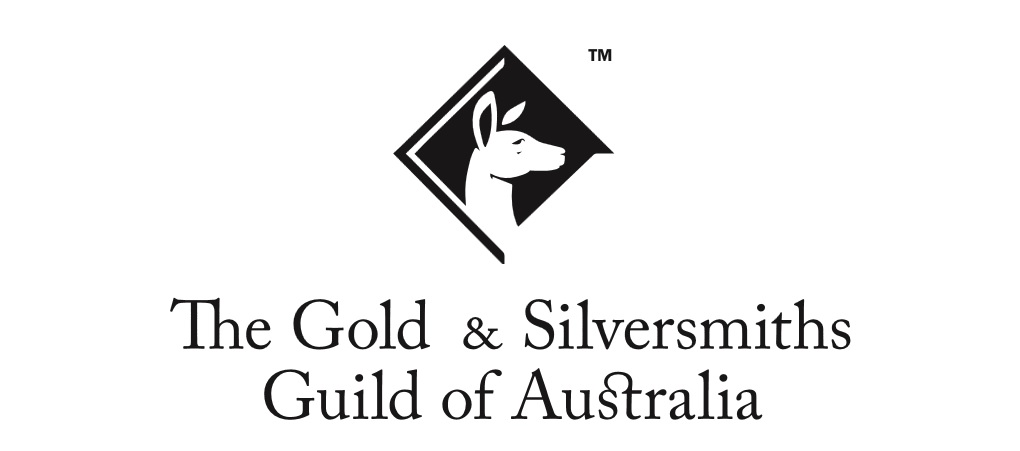
The Gold and Silversmiths Guild of Australia (GSGA) understands the importance of traceability having invested in it some 35 years ago at our inception. Guild members want to be identified the moment they punch their maker’s mark into an item of precious metal. We are proud of this attribute, being the only professional organisation in Australia to have a traditional and comprehensive system of marking precious metal items.
In the context of jewellery, traceability is defined as the ability for people to find identifying marks on a precious metal object which can be achieved through online research to find out who was responsible for the manufacture of that piece of jewellery. However, many manufacturers do not use a maker’s mark, which is an important identifying factor. Unfortunately, the simple use of a carat stamp does not make an item traceable.
Once a maker has applied their individual maker’s mark to the object it is possible to identify them. Members of the GSGA are registered with their maker’s marks on our Silver Touchplates. Additionally, there are visual references on our website and the contact details of those members which uncomplicates the tracing process. Valuers, other jewellers, the police and the public all use our reference base to identify and trace work and manufacturers.
So, how does the Guild make the manufacturer more visible? The Guild Kangaroo mark strengthens the traceability of the product which it is present on. With basic internet skills and search methods, a Guild member will be found relatively quickly through tracing. In order for a piece to display the Kangaroo Guild mark, the precious metal object being traced has to be Australian in origin. When members use their maker’s mark, metal purity, and Guild mark on an item they are declaring who they are, the metal purity used and identifying themselves as Australian made products.
The use of traceability can look different to an individual depending on what they need to use it for. For example, there have been circumstances where police have recovered a hoard of stolen jewellery and aim to return it to the owners. The Guild mark is a unique identifier which gives the police indication on where to begin their search. After some research on the Guild mark, the police make their way through the GSGA website and identify the lettering and symbols on stolen pieces and understand the meaning behind them. With the right information provided,The Guild are able to help the police identify the origin of the maker, allowing them to return the pieces to their rightful owner.
Being part of a collective of like-minded people makes identification and traceability easier and the Guild mark symbolises this simplicity. Traceability is difficult to find once the chain of information is broken or lost. The British Hallmarking system and the Australian Guild marking system have a great deal in common and the collective documentation of maker’s marks is a tremendous asset to jewellers, valuers, and historians alike. Technological advancements including laser engraving already allow makers to engrave inside ring bands and apply maker’s marks to all sorts of jewellery.
It is undoubtable that Guild members will soon be using these techniques to mark their work in the future including the possible addition of the Guild mark in block chain technology that aids in the digital tracking of gems, precious metals, and jewellery.

Chris Sherwin
Fellow #5 GSGA
Guild President
Email: gsga@bigpond.com
Website: gsga.org.au
Further reading: